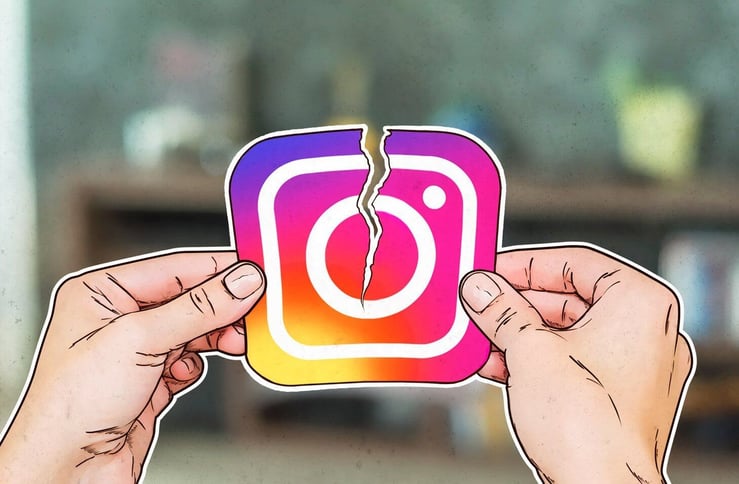
One of the more frequent questions I get on building a brand community is "why can't I just build it on social media?".
It's a valid point to make: it's where your customers are today.
And even though social media is one of the places where you'll want to test your community potential first, here's 4 main reasons why you should build your brand community on a platform you own.
You’re not building your community where it can create the most business value
This is probably the key limitation with building a customer community solely on social platforms. It's crucial brands build their brand community closest to conversion, where it can create trust and have the biggest impact (through reviews, advice, UGC, SEO content...).
George Sullivan, CEO of The Sole Supplier, summed it up nicely: “You want to show people on your website 'look, our community is thriving', instead of just having that on Facebook and Instagram. We're engaging all these people that love sneakers. If you can't see that where it's most important, you're missing out on all that powerful social proof.”
“Build your community where it can have the most impact: your online store.”
You can’t reach members predictably and consistently
A community you build on social media isn’t yours. Social platforms have total control over what shows up in members' feeds and, more importantly, they don't share your business objectives.
Direct access to best customers is often community's #1 purpose for retailers. Most social platforms no longer allow brands to get this right: organic reach is at an all-time low and basic features like directly emailing page fans, group members or Instagram followers don’t exist.
If you want to make sure your message gets in front of your community on social media, you have to turn to paid ads. “And in the end, it’s always optimised to make you pay”, was our latest brand Q&A consensus.
“In the end, it’s always optimised to make you pay.”
You can’t customize to fit your community needs
Social media platforms offer no room for custom developments, which are often crucial if you want to get the most out of your community.
What 100 community managers say is missing from Facebook Groups and other social platforms:
- There’s no way of offering a more premium experience to top users
- No way of knowing who your super users are “aside from eye balling it”
- Virtually no analytics making it difficult to track and improve member experience
- You can’t create subgroups or user segments
- You can’t give users privileges beyond making them official moderators or admins
- You can’t brand your community beyond the bare minimum
- You can’t embed the community on your website
- No way to link it to your CRM
- No SEO (meaning no search reach)
- Not that many integrations, you can’t add third party vendors
- No way of creating or adding new experiences/third party vendor activities to leverage your community more and increase engagement
Based on a survey by CMX
You're sacrificing data for reach
The most successful communities I've worked on are linked to the CRM. You need to be able to match engagement with purchase behaviour if you want to identify top customers and prove community ROI. This isn't doable on social media, and brands are shifting how they run community campaigns accordingly.
A good example for this is the work we're doing with several fashion brands now launching their Community Model contests (where customers can become the brand's next model).
When faced with the choice of running these contests on Instagram or their community platform, they're now choosing their own platform, choosing data over reach.
The alternative? Building a community space you own
Increasingly, brands are launching their brand community in a place they own (community platform, app...) for 3 reasons:
- Guaranteeing they have that direct access to customers
- Increase customer retention (through custom experiences for engaged customers)
- Turn loyal customers into advocates (build a system that generates customer feedback, UGC, reviews, referrals... at scale)
I’ve written extensively about this before so more about the reasons why (+ examples) here: why brands are building their own community platform.
In short: building your community on social media keeps getting more expensive, less effective, and riskier (as many are plagued by content and privacy issues).
Social media is a key acquisition and communication channel for your community, and they're a great place to start testing your community potential, but these platforms are no longer the best place to engage your best and most important customers.
Working on your brand community?
As we launch more community platforms with brands worldwide, I try to share our learnings and best practices here every month:
- My guide to getting started with your community project
- The TokyWoky team analysis of successful communities: Glossier, Nike and Lululemon
- 4 questions you should answer before building your community
Or reach out for a demo of the TokyWoky community platform.



.jpg?width=800&name=Get%20the%20Community%20playbook%20(1).jpg)

.png)
